Here is some detailed information about Passiflora:
- Description: Passiflora plants exhibit a wide range of growth habits, including vines, shrubs, or herbaceous climbers. The size and appearance of the plants can vary significantly depending on the species and cultivar. They typically have alternate, three-lobed leaves that are often deeply serrated or toothed. The foliage can be evergreen or deciduous, depending on the species and climate.
- Flowers: The passionflowers are renowned for their intricate and unique flowers. The blooms are typically large, showy, and have a distinctive structure. The flowers consist of five sepals, five petals, and a prominent corona composed of filaments and a central tube. The corona often exhibits vibrant colors and complex patterns, making them visually striking. The flowers may be single or clustered, and they often have a sweet, fruity fragrance.
- Fruit: After pollination, many Passiflora species produce edible fruits known as passion fruit. The fruit is usually ovoid or round and varies in size and color, ranging from purple, yellow, orange, or green, depending on the species. The pulp of the fruit is often juicy and aromatic, containing numerous small seeds. Passion fruits are highly prized for their unique flavor and are used in various culinary applications, including beverages, desserts, and sauces.
- Cultivation: Passiflora species are cultivated for their ornamental value, as well as for their delicious fruits. They thrive in warm, frost-free regions with full sun or partial shade. The specific cultivation requirements may vary depending on the species, but in general, they prefer well-drained soil with regular watering. Some species are suitable for indoor cultivation as houseplants. Pruning can help maintain the desired shape and control their growth.
- Uses: Passiflora plants have multiple uses. They are commonly grown as ornamental plants in gardens and landscapes due to their attractive flowers and foliage. The vine species are often trained on trellises, arbors, or fences to create a stunning display. Several Passiflora species are also cultivated for their edible fruits, which are prized for their taste and nutritional value. Additionally, some Passiflora species have been used in traditional medicine for their potential medicinal properties.
- Symbolism and Cultural Significance: Passionflowers hold symbolic significance in various cultures. They are associated with religious and cultural traditions and are often seen as representations of Christ’s Passion. The intricate flower structures have been used to depict different aspects of the crucifixion story. In addition, passionflowers have been associated with relaxation, tranquility, and the pursuit of passion and joy.
It’s important to note that with such a diverse genus, specific care requirements and characteristics can vary between Passiflora species.

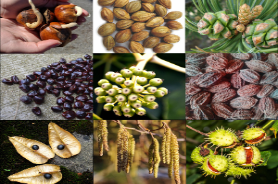





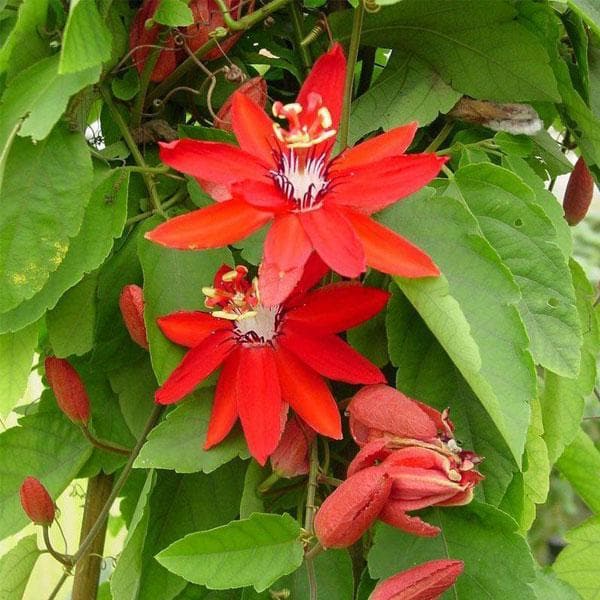
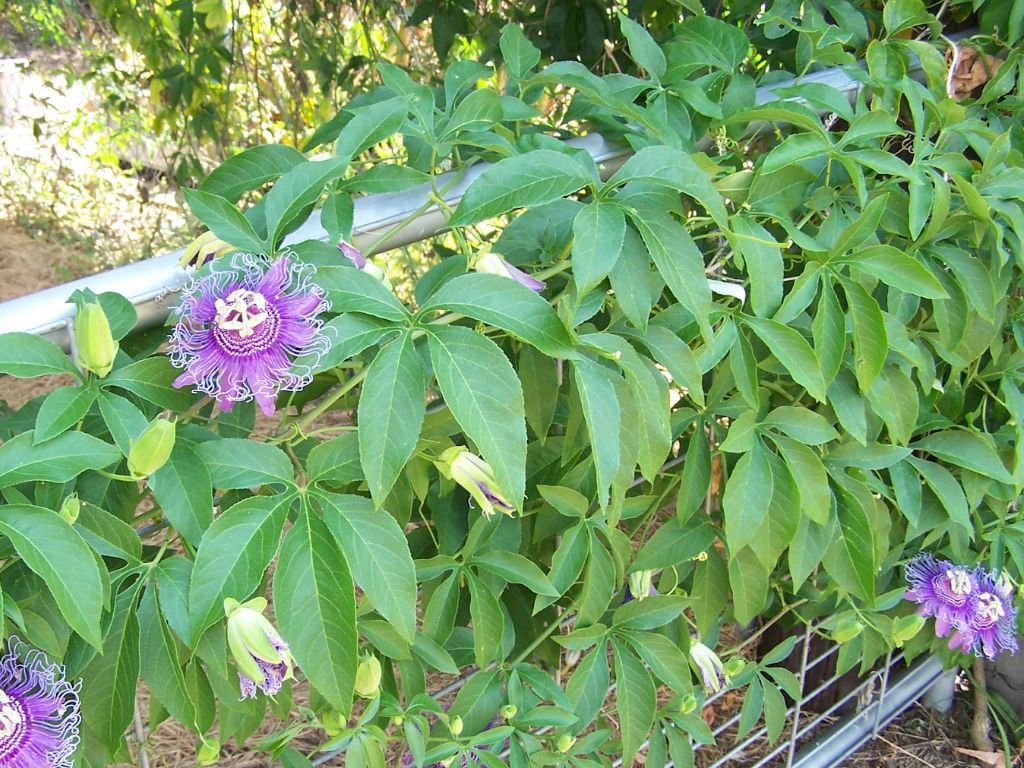

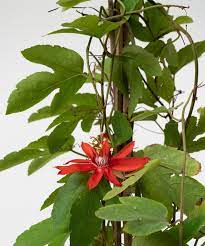

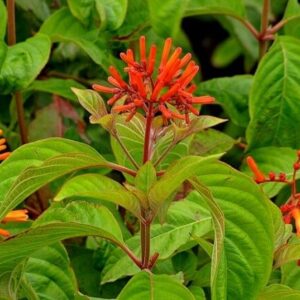


Reviews
There are no reviews yet.